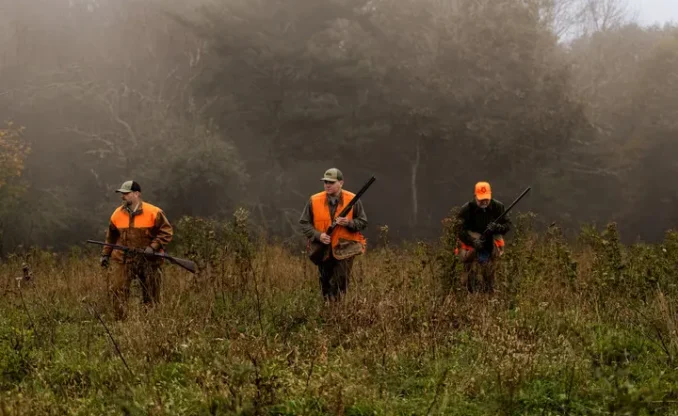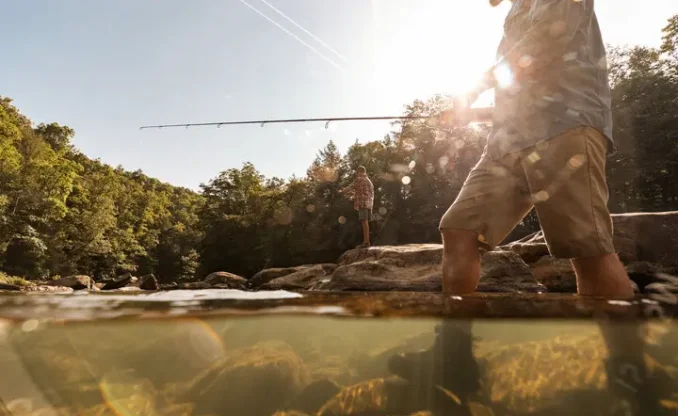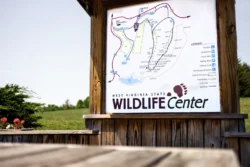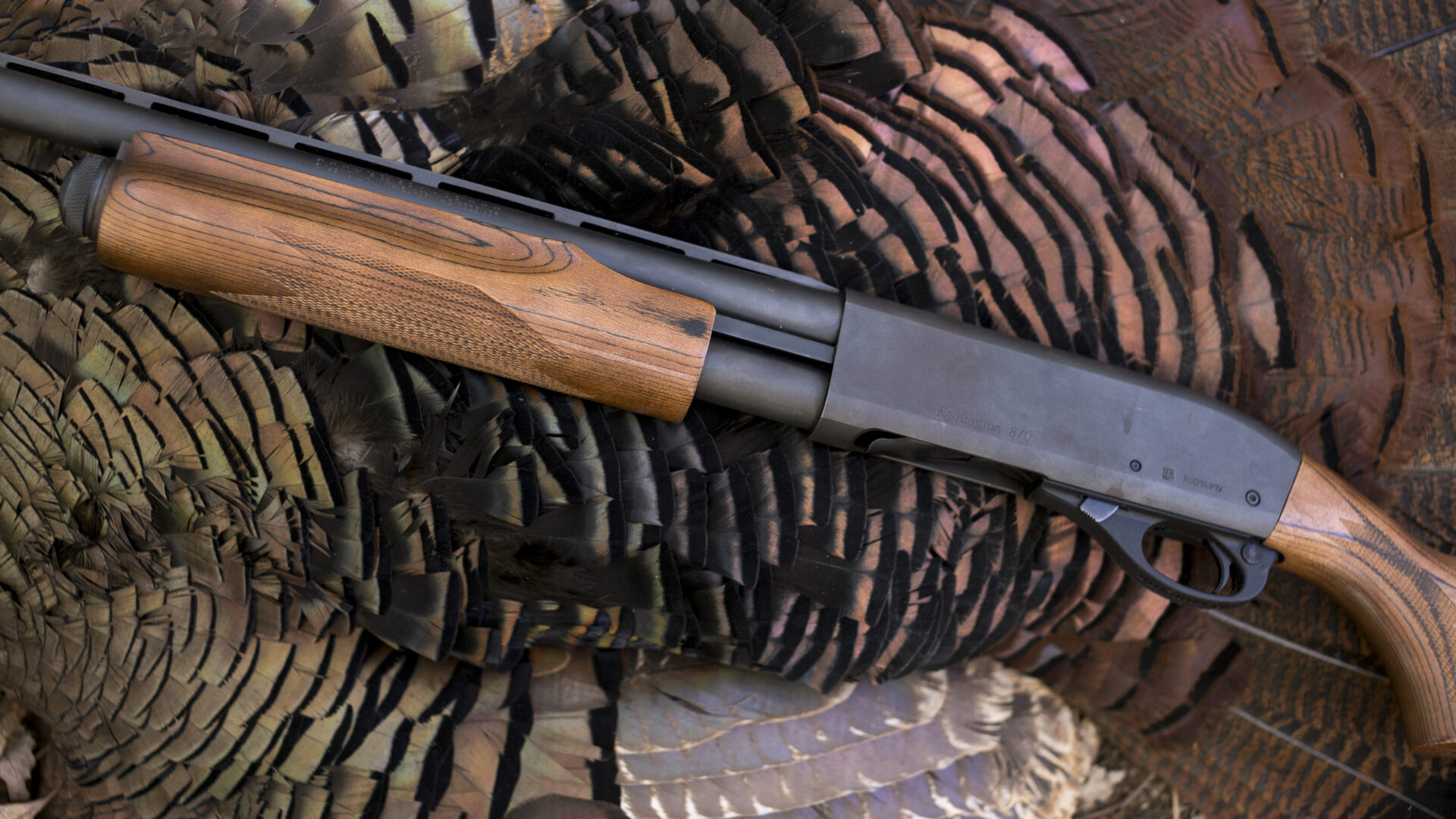Everything you need to know to prepare for a safe and successful spring turkey hunt in West Virginia
West Virginia’s spring gobbler season kicks off with a two-day youth season on April 19–20, giving young hunters a chance to take part in the excitement. Then on April 21, the regular season opens statewide and gives hunters five weeks to test their skills and enjoy the thrill of the hunt. As you count down the days to this exciting season, make sure you understand the latest regulations and inspect your gear to make sure everything is working properly. Here are a few tips to help you get ready for a successful spring gobbler season.
Review West Virginia’s Turkey Hunting Regulations
Even if you’ve been hunting for years, we recommend familiarizing yourself with the regulations before you go into the field. Here’s what you need to know:
- It is illegal to use an electronic call, bait turkeys, hunt with dogs and kill a turkey without a beard during the spring season.
- It is illegal to hunt with an air rifle less than .22 caliber or have an uncased bow, crossbow or firearms in your possession in the woods outside shooting hours (30 minutes before sunrise to 1 p.m.).
- Adult hunters may harvest one bearded bird per day, and the season bag limit is two.
- During the special two-day youth season, youth hunters under the age of 18 may harvest one bearded bird per day, which counts towards the annual turkey bag limit of two. Only shotguns, bows, or crossbows are legal implements of hunting during the youth Spring Gobbler Season.
For a complete summary of West Virginia’s turkey hunting regulations, check pages 43–44 in the Hunting and Trapping Regulations Summary.
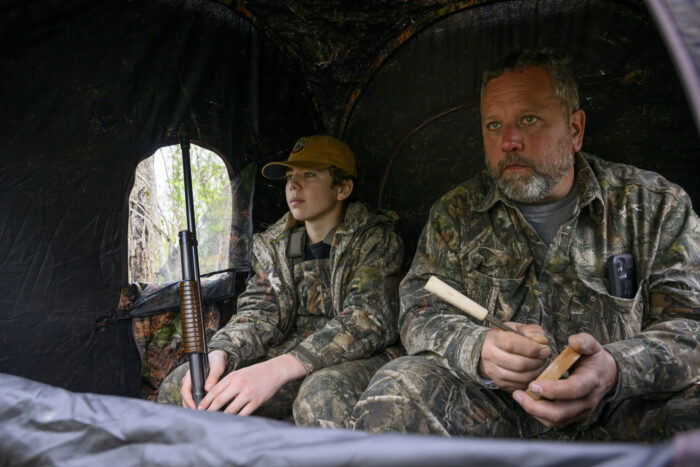
Buy Your West Virginia Hunting License and Stamps
All hunters 15 and older are required to have a valid West Virginia hunting license, which can be purchased at approximately 160 retail agents around the state or online at WVhunt.com. When it comes to hunting turkey, you may also need to purchase stamps. Resident landowners or their resident children or their resident parents or resident tenants of such land, may hunt on their own land without a license during the open seasons.
West Virginia residents who have a lifetime license or purchase one of our sportsman licenses, are all set. If you buy a regular hunting and trapping license (Class A), you’ll also need to purchase a conservation (Class CS) and big game hunting stamp (Class BG). Nonresidents who purchase a regular hunting and trapping license (Class E) will need to buy a conservation and law enforcement stamp (Class CS/LE) and a turkey hunting stamp (Class WW).
To see what license and stamp combination you need for all of West Virginia’s big game hunting seasons, check page 46 in the Hunting and Trapping Regulations Summary.
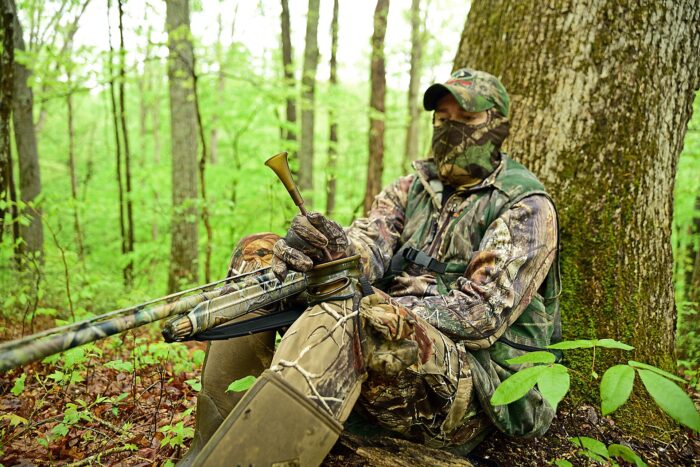
Inspect Your Turkey Hunting Gear
Having the right gear is critical for a successful spring gobbler season. The most common firearm used for turkey hunting is a 12- or 20-gauge pump action or semi-automatic shotgun. Your shotgun may have additional features, but you’ll want to inspect it to make sure it can be safely discharged in the field.
Safety and functionality are key, so take the time to inspect each piece of gear thoroughly. Make sure your camouflage will help you blend in with your surroundings and that your clothes will keep you warm. Double-check your hunting knife is sharp and test your turkey calls, range finder and binoculars to make sure they’re in working order. Sturdy boots should provide both comfort and protection for navigating uneven terrain, and a well-organized hunting vest or backpack can make the difference between a smooth hunt and a frustrating one.
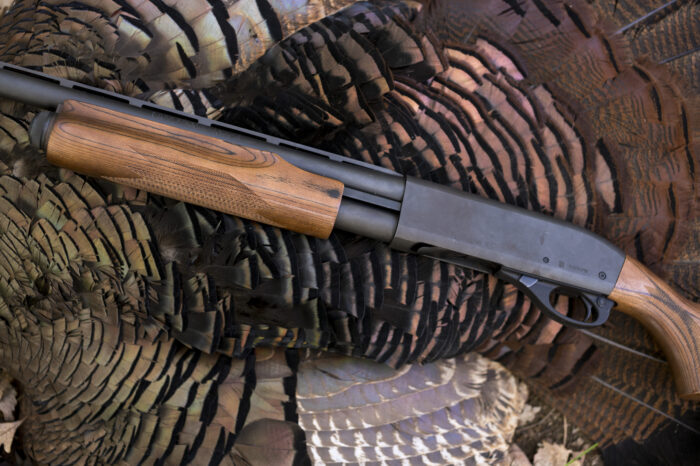
Check Your Game
Before the spring gobbler season starts, make sure you are prepared to field dress and electronically check your turkey. Login to your WVDNR account and print plenty of field tags and gather a sharp knife, gloves and a clean bag or tarp to lay the turkey on. Practice your technique, if needed, and make sure your equipment is sanitized to avoid contamination.
Once you’ve harvested a turkey, fill out a field tag immediately, including your name, address, license number (if applicable), date, time and location of the harvest. Attach this tag to the turkey before moving it. Then, electronically check your turkey using the WVDNR system within the required timeframe, attaching the 13-digit confirmation number to the carcass for legal transportation. To learn more about this process, read our guide to electronically checking big game harvests.
And while you’re at it, consider participating in our Spring Gobbler Survey, which helps WVDNR wildlife biologists gather information for managing the state’s wild turkey population. The survey will run for the duration of the spring gobbler season. You may complete the survey online through the Survey123 mobile app or by filling out a paper form. To learn more about the survey, visit WVdnr.gov/surveys.
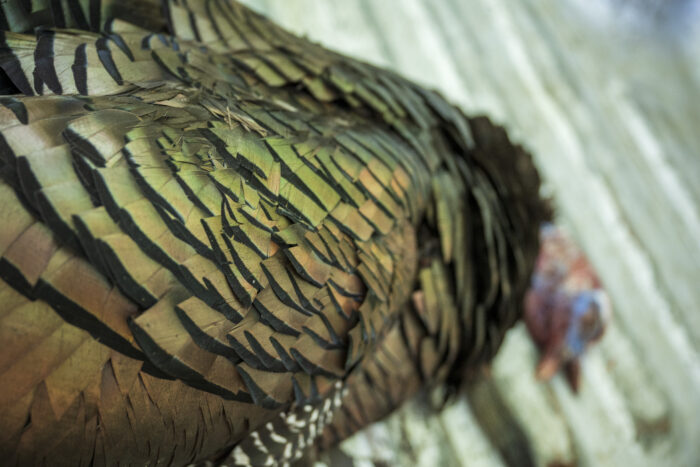
Plan Your Turkey Hunting Adventures Today
Don’t wait until the last minute to prepare for the season. Purchase your hunting license and necessary stamps, explore potential hunting spots using our interactive map and sharpen your shooting skills at a public range. By planning now, you’ll increase your chances of a successful harvest.
Make this spring gobbler season one to remember. Visit WVhunt.com to get started.

